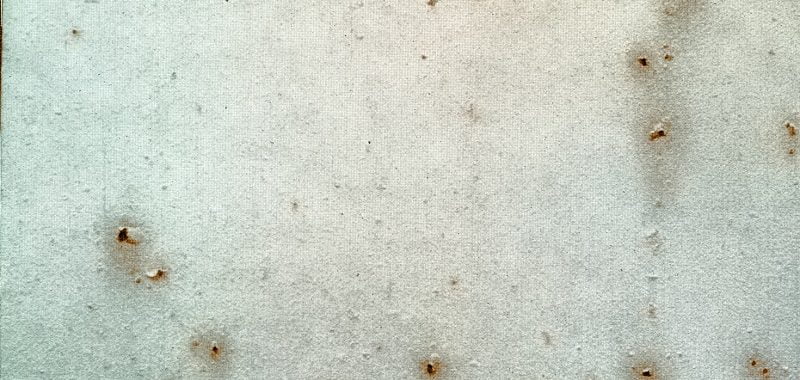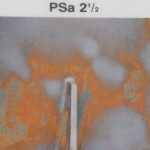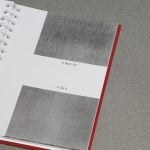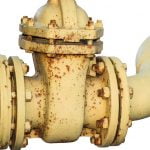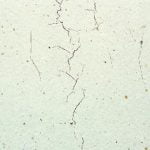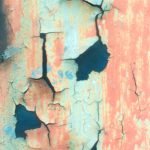Evaluating rusting metal surfaces
Evaluating how much rust there is on a metal surface can be a tricky business but we consider how it can be done correctly in our two-part focus on guidance provided in the Society for Protective Coatings’ handy reference booklet (Publication No. 00-08).
SSPC-VIS 2 covers the standard method of evaluating the degree of rusting on painted steel surfaces using visual references to guide the coatings surveyor through the assessment process and provide effective comparative images, which depict the percentage of rusting.
It’s important to note that the standard rates the degree of rusting on a painted steel surface on a scale of 0 – 10 depending on the degree of rust that is visible to the naked eye. It is also important to appreciate that rust blisters and undercutting of the coating also constitute part of the visual assessment.
The use of colour and black and white reference photographs in the SSPC publication offer further assistance for surveyors’ keen to secure accurate evaluations. These show the distribution of rust and associated staining classified as spot rust, general rust and pinpoint rust: the black and white images clearly show the rusted areas while reference to both sets of images enables the surveyor to rapidly form a comprehensive picture of the extent and depth of rusting.
Completing an evaluation also includes assigning a rust grade, which is based on the percentage of visible rust on the surface and runs from 10 (less than or equal to 0.01% of the surface exhibits rust ) to 0 (more than 50% of the surface exhibits rust). The featured ‘Scale and Description of Rust Grade’ table is a handy reference guidance and should be used in conjunction with supporting photographic evidence.
Surveyors should also understand the different definitions of rust distribution. For instance, spot rusting occurs when the bulk of the rusting is concentrated in localised areas of the painted surface. This is distinct from general rusting, which manifests itself as spots of various sizes of rust randomly spread across the surface area.
Pinpoint rusting shows up as very small individual specks of rust distributed across the surface while a hybrid pattern can occur when the distribution patterns as depicted in the reference photographs combine. Whatever the type of rusting, it is worth noting that inspection should bear close comparison to the publication’s illustrative examples.
It is evident that evaluating the degree of rusting on painted steel surfaces is important during the inspection and assessment of surfaces, helping to determine the protective coating’s viability, integrity and durability. So, a comprehensive understanding of what’s involved and access to the SSPC publication can only be beneficial.
Next month we look at the procedures to evaluate rusting and other considerations. More at Fitz’s Atlas of Coating Surveys https://fitzsatlas.com/

